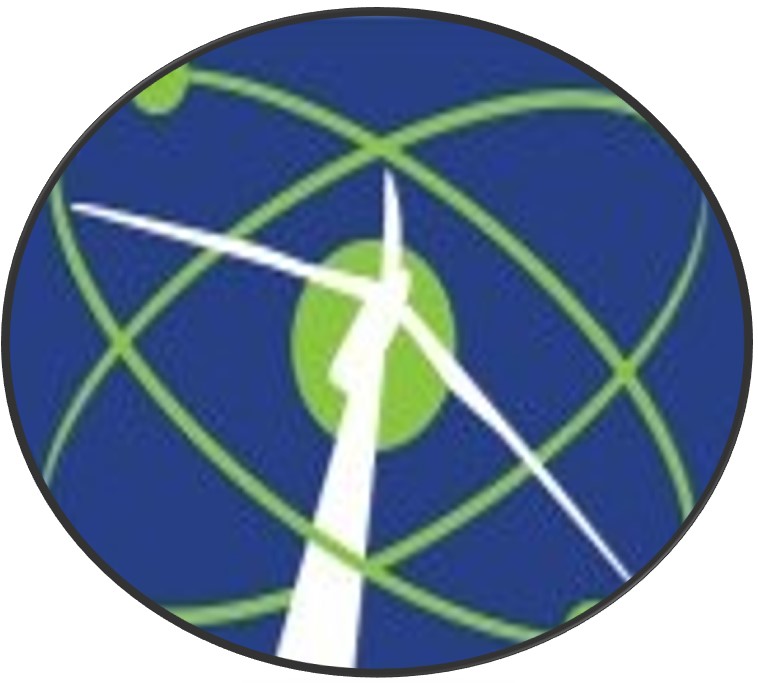German Norwegian Energy Co-operation | Value Chain
The establishment of pipeline infrastructure for hydrogen transport from Norway to Germany must be based on a need to transport large quantities of hydrogen, in the order of millions of tonnes per year. Hydrogen production at this scale starting in 2030 could be realised based on low-carbon hydrogen, under the assumption that there is a basis for commercial commitment.
This could in turn form a basis and include the transport capacity for the less mature renewable hydrogen production projects, that are at a scale relevant for pipeline transport. Currently, the most mature renewable hydrogen projects are small-scale and located in remote areas. Pipeline transport of hydrogen from Norway to Germany is considered technically feasible within 2030.
There is, however, a need for qualification of technology, such as compressors, valves and flow meters. This qualification can have an impact on the timeline as well as the cost. Additionally, there are other issues, such as clarification of regulatory model, technical and regulatory codes, standards and guidelines for cross-border offshore H2 pipelines, that need to be in place. The integration of Norwegian hydrogen imports into the German hydrogen pipeline network could be possible without delays and without increased overall network costs. The German core network is planned to be regulated.
The grid charges and further grid planning necessary to integrate increasing imports from Norway into the German grids are planned available by the end of 2023. Under the assumption that the grid fees will be set in a regulated manner and will be the same throughout Germany, there will be no disadvantages for the first consumers, regardless of their location.











